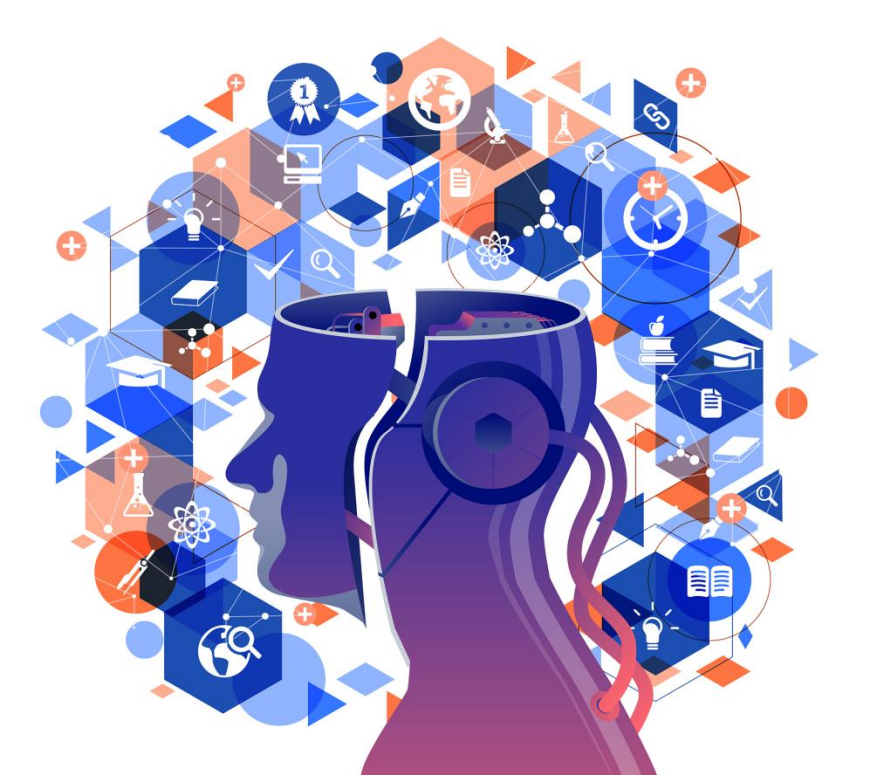
Editorial:
Ying Fangtian, Professor and Doctoral Supervisor of the College of Computer Science and Technology, Zhejiang University, Dean of the National Eco-Industrial Design Institute (EIDI), Director of the Computer Aided Product Innovation Design Engineering Center, Ministry of Education, China, member of the Committee on the Teaching of Industrial Design in Higher Education Institutions of the Ministry of Education, China, Vice President and Secretary General of China Industrial Design Association (CIDA), President of World Eco-Design Conference (WEDC). He is devoted to integrating technology and creativity, promoting an innovation design mode called Problem-Based Learning (PBL), establishing a TII design training mode (Think ability, Integration capability and Implementability). Prof. Ying has won the 2nd Prize of the National Science and Technology Progress Award, the 2nd Prize of the Teaching Achievement Award in Higher Education, China, silver medal of the China Design Award, and many other international design awards for his achievements. He has taken initiatives to research and accelerate the national strategy for China’s industrial design, and has also facilitated and founded the World Eco-Design Conference, and China’s first Eco-Design Town settled in Guangzhou.
On 18 November 2022, Professor Ying Fangtian was invited to participate in the Entrepreneurial Story Sharing at Zijingang Campus. Entrepreneurship Auditorium to deliver a brilliant lecture about “Design-Driven Innovation” for the students.
Key Ideas
- Design is the main battlefield for the innovation and entrepreneurship empowered industries
- From Design 1.0, 2.0, 3.0 to 4.0, the digits indicate an ongoing transformation of the previous industrial revolutions, rather than an iteration relation
- To leverage the values of industry and life by the strength of integration of art, technology, business, users and culture, is the future of the industries
- Design is management, design thinking changes the world
- Human factor design, is to create products that are human-centered and eco-friendly
- To the globe, science, technology and civilization are dual engine to the sustainability of the now and future, and design is closely bound up among of all
- Design is the bridge of technology and commercialization. Design is a key strategy to improve variety, quantity and brand-making
- If the lack of technology exists, a product would lost its value; If the lack of design exists, a product would be lifeless
Transcript of Speech
(The following script is cited and excerpted from the live presentation)
Design Empowers the Sustainable Development of Economy
In 2018, Guangzhou, we founded the “World Eco-Design Conference”. The Conference has the supports from the UN organizations, like the UN Industrial Development Organization, UN Technology Bank for Least Developed Countries etc, and the world’s 46 countries.
While the UN Educational, Scientific, and Cultural Organization (UNESCO)’s Design Cities Project launched for selecting the Cities of Design in the world, the Mayor of Guangzhou stated that Guangzhou has to also be built as one of the Cities of Design, I suggested not to do that (At that time, Beijing, Shanghai, Shenzhen and Wuhan etc., had already been engaging in the constructions of the Cities of Design). I said, to do the best and be different, Guangzhou shall be the first something of the world.
This is a typical case of social design. Later on, we proposed a social design, reformulated a standard, the then Director-General of UNIDO asked what Customization refers to in the title of “Capital of Customization”. I said it’s all about 3 matters, accurate design, accurate manufacturing, and accurate sales. If the 3 conditions are fulfilled, there won’t be overstock caused, which is quite helpful to the sustainable development, we integrate traditional manufacturing, ideas and logistics, to become an industry of customization.
The “Capital of Customization” award is open to the world and was conferred to 2 cities only, one went to a foreign city, the other one went to a domestic city. Until today, only Guangzhou won the title in China.
The development history of economy has told us that, there is a troika that pushes the world for sustainable development in the past, now and future. The 1st rider is technology-driven innovation, the 2nd rider is market-driven innovation, and the 3rd one is design-driven innovation. Design could support the sustainable development of the world.
Design is the main battlefield for the innovation and entrepreneurship empowered industries
Design has been experiencing its 4th development evolution.
Design 1.0: Art Design. Firstly when China started its reform and opening-up in around 1978, art design was all in the era of Design 1.0. Consequently, the packaging of whatsoever at that time, for example, moon cakes were wrapped up by paper with a drawn pattern, cloths were printed with patterns, so were carpets, same to the 10 iconic buildings in Beijing. During that time, the designs of everything, means art and graphics, i.e. art design, regardless of products, buildings, garments, foods.
Design 2.0: Art Design + Human Factor Design. By the time of mid 1980s, what could be called good design? That requires fine quality in art with good looking. Secondly, the design contains human factor. What is human factor design? “I could feel that this is a good payoff, or it is very nice, or it is very sweet”.
Design 3.0: Art Design + Human Factor Design + Commercial Design + Science and Technology Design. In the 1990s, what is a good design? That is a beautiful creature designed by someone with good sense of design, being thoughtful, and understand what he or she is doing.
Design 4.0: Art Design + Human Factor Design + Commercial Design + Science and Technology Design + Social Design. After the long history of development, today, the world brought up a concept of social design. For instance, the business model of medical advertisement in Baidu's paid listing mechanism was widely reviled. It made huge profits and yet it was not sustainable because social design was overlooked.
So in other words, from Design 1.0, 2.0, 3.0 to 4.0, the digits indicate an ongoing transformation of the previous industrial revolutions, rather than an iteration relation.
How to become an outstanding entrepreneur? How to constitute an outstanding team with innovative thinking? You shall have all these capabilities as a superposition, instead of iteration.
4I Trends
In earlier years, I spent a lot of time visiting the world’s top universities each year.
The 1st stop was Harvard University, it launched master in Design Engineering integrating fields of business administration, engineering and design in 2015.
The 2nd stop was Stanford d.school of the Stanford University (Hasso Plattner Institute of Design). It has 2 well-known sayings which are influential to 2 industries. One is: Design is management, when the world’s enterprises talk about innovation, they would always visit Silicon Valley, but when they got there, they found out that: They don’t actually need to go there, they shall firstly take a walk to Stanford d.school, this is because the Stanford University has made great contributions to the development of Silicon Valley; The other saying is that design thinking changes the world. A girl from the Stanford University named Jane Chen took a class at Stanford d.school’s design program that focused on creating products for people living on less than USD$1 a day. During that time, many babies died due to failure to get timely treatment each year, since there were insufficient incubators in many poverty-stricken areas in Southeast Asia as they were too expensive. Jane Chen and her team members built Embrace Warmers after field research and multiple iterations. The warmer that can be maintained the same temperature for hours costs USD$25 only. Not only did they complete the assignment successfully, they also founded a social enterprise called Embrace, which has been saving many lives, later on, the project has also won a number of social entrepreneurship awards. Design for poverty, to make a better world.
The 3rd stop was the Royal College of Art in the U.K., it is ranked the world’s No.1 university for art and design, the College runs an Innovation Design Engineering programme jointly with the Imperial College London, equipping innovation with design and engineering, piles of new enterprises have been cultivated by the Programme.
The 4th stop was the Faculty of Information Product Design which I initiated its setup at the College of Computer Science and Technology, Zhejiang University in 2006, followed by a design innovation program established at Chu Kochen Honours College of Zhejiang University.
The 5th stop was the 4th national university of Singapore established in 2009: Singapore University of Technology and Design (SUTD), till today, it is the only university to incorporate science, technology and design in the world. Since 2009, many of its disciplines have been ranked top 100.
From the universities mentioned above, we found that they all share the same characteristic which is quite significant, that is 4I.
1st I: Industrial Design, it is also the first I open to modern and industrial manufacturing. Therefore, the industrial design that is being engaged by the world, we call it ID for short. But today, the I has changed;
2nd I: Integration, i.e. crossover and integration;
3rd I: International, we need to be international, we underline international cooperation;
4th I: Innovation.
Extended Intelligence
If we want to be innovative and start businesses, what kind of future trends shall we pay attention to? The first one comes up to my mind is extended intelligence.
Extended Intelligence (EI, is to understand intelligence as a kind of basic phenomenon of distribution. Each role is part of the EI, it is enhanced by complex ecosystem and aided by machines, it can pop up from our social and mental networks)
As shown by the photo captured from a Hollywood movie - Pacific Rim, it tells a story about combining the intelligence of machines and humankind, which people thought this is the future of the world. The future world tries to integrate men’s intelligence (including our management, innovation thinking) into machines’ intelligence deeply by all means, this is the future of humankind.
Up next I would like to talk about some case studies by taking this idea.
Achievements Demonstration: Industrial Design Development Platform
By focusing on the way of thinking of the artists and designers, we developed a programming visualization platform, regardless of the educational background, platform users can build a basic prototype after completing a popular course.
We created a product by using the system, which is a segway. We have been told by the General Administration of Customs, China, that this product has brought China 50 billion RMB worth of industrial cluster in a year.
This is another team of ours, to a high-risk occupation, high rise building cleaners, also known as “spider man”, we researched and developed a facade cleaning robot for high-rise buildings, to address the cleaning problems in extreme environment.
That is human factor design, you need to understand consumers, you need to understand consumption. You need to devote yourself to the design of your entrepreneurship project as if you fall in love.
Inclusive Design
In addition, we also need to focus on inclusive design. That is, the design needs to get over culture, age, gender, and have fault tolerance. The product that you choose to develop, or for your entrepreneurship project, shall serve as many people as it can.
Case 1: Design of neuromuscular exercise health support system for astronauts, this is created by Professor Luo Shijian and Professor Wang Jian of our college. The design integrates industrial design into the space program of China’s national strategy which is attached national importance, serving China’s development agenda, and making great contributions to the development of aerospace industry for our country.
Case 2: Defecation nursing machine for disabled. This is a national key project jointly undertaken by us and China Disabled Persons' Federation: The machine is a service robot serves someone is paralyzed in bed and suffers from urine and feces incontinence, if being treated improperly, the patient may get bedsores, which is bad. So we used medical silicon rubber to make an object looks like shorts, inside there are sensors, water and disinfectant. Once the wearer has little incontinence, dirty part would be rinsed with warm water, and the feces would be absorbed. I am glad that we made it, we have started promoting this product in many hospitals and nursing homes in nationwide and Japan.
Future of Digitalization
The 3rd topic which is comparatively important is the future of digitalization. There is an enterprise specializing in making shoes in Wenzhou, we customized patterns for it based on customization personalized by digital art, which has worked quite well. We have developed some systems based on the task afterwards, for instance, if there is an oil painting which I like very much, I would scan it, and if I have done it for many times and reached a certain amount of scanning, a software tool which is able to create paintings automatically could be developed.
Culture and Ecological Civilization
In recent years, we built an Eco-Design Town in Guangzhou, it is a platform which enterprises are the main body, including generic technology research, talents cultivation, platform for international cooperation. The Town also hosted the World Eco-Design Conference (WEDC), having attracted a batch of top scientists, entrepreneurs and artists. The official statistics shown that, by design, we have improved the environment for entrepreneurship in rural areas, the villagers got employed nearby and an income doubling project for villagers have been implemented under the cooperation between enterprises and villagers, which have offered over 100 jobs, making a contribution to the per capita annual net income of local villagers in 2016 by reaching an increase of 200%.
Transitional Design
Transitional design is an idea addressed by the School of Design, Carnegie Mellon University, U.S. What does transitional design mean? As stated at Historical Records·Confucius Family: “Moral standards, talents and learning are like standing on high mountain, which people need to look up, making them to follow the standard of behaviour unintentionally, they are unable to achieve the level though, they would always yearn for it in heart.” People understood that they cannot reach the noblest realm, yet they know what they are aimed at, so does the transitional design. Even what you are doing is not what you actually want to do, it doesn’t matter, you shall figure out how to do it well even you don’t want to do it, and you need to know where the future is, and you keep getting close to it, this is the so called transitional design.
Design Education
Education could also be redesigned. In the past few years, we partnered with relevant UN agencies to co-establish an International School of Design, fostering new driving force of talent revitalization of Belt and Road Initiative, it is a program offering degrees (master and PhD) to 100 students each year, including 50 international students.
The inspiration of a heating wire: In 1904, an American named Hughes invented electric stove, but lack of design and scenario for commercialization. In 1956, a Japanese enterprise designed the world’s first rice cooker based on the principle; In 2016, based on design-driven innovation, Dyson of the U.K. invented the world’s first leafless hair dryer which is disruptive.
In conclusion, design is the bridge of technology and commercialization. Design is a key strategy to improve variety, quality and brand-making.
If without technology, products would lose its value; If without design, products would be lifeless.
We challenge our limit of creativity based on the trend of 4I, integrating design, technology, business, users and culture, expecting the power with human kindness released by originality, morality, sentiment and aesthetics, to improve the values of industries and lives.
If someone asks what is design, this is my answer.
Enclosed: Thoughts after class
The words that I heard the most at the class was “design”, and “human kindness”. What impressed me was the defecation nursing machine for the disabled, this is really crucial, it matches my interests in the elders. At present, our country is stepping into an advanced stage of aging, the population is an essential issue, it is impactful to the national development at all aspects, and this is a problem that we must take it seriously in the upcoming years - more elders are in this country, how do they live? The family size is getting smaller, the risk of the elders to become disabled is also increasing, these 2 major trends constitute the hardship of eldercare, the reality is right in front of us, the design innovation could bring us a product which provides a practical resolution for people who take care of defecation of their elder family members, which has responded to the substantial needs of millions of families in China. These needs are embarrassing to tell though, they are the obstacles of people’s everyday life. Such design has intense social value, what is demand, this is it! What is design, this is it! The human kindness is implied in design, comforting people’s hearts. ——Student, Huang, School of Public Affairs, Zhejiang University
What is real design, this is a question that is simple and deep, but it is answered by the brilliant class. Previously, for me, design was something high-end and professional, something which I cannot reach out. But after having this course, from the impassioned speech of Professor Ying, I found that design belongs to life, it is common, everyone can engage into. Design itself origins from people’s desire and pursuit of good life, because of the pursuit, life is getting better. There are many terms which design could synergize with, it could be economy, ecology, and business etc., not only involving interdisciplinary, it is more of a breakthrough of thinking, it also a spirit and connotation which is required for an outstanding entrepreneur. Design has temperature, just like what Professor Ying said, beauty makes us pursue, pursuit brings us temperature. Thanks to the world with temperature, it made me an encounter with the course. ——Student, Jin, College of Agriculture and Biotechnology, Zhejiang University
Professor Ying Fangtian has brought us a vivid introduction on how design-driven innovation promotes sustainable development, with moments which I felt like I was enlightened suddenly. What impressed me was that professor mentioned that design is used to comfort people, if we live a world without design, perhaps we could only ware “battle fatigues and rubber shoes” everyday, and still live in in ”pillbox” . Of course, we can also take that, but a world with no colours and imaginations, life is dull. It is hard to imagine what would happen if we live in a world like that, after we have seen and enjoyed beauty and nice things. I habitually thought that innovation equals high technology, but today, I genuinely understood what design means to innovation, just like professor spoke about at class, if design did not exist, magnetron would be just magnetron forever, it would not be used to make an induction cooker which can cook a full table of delicious dishes for dinner! ——Student, Jin, College of Animal Sciences Zhejiang University
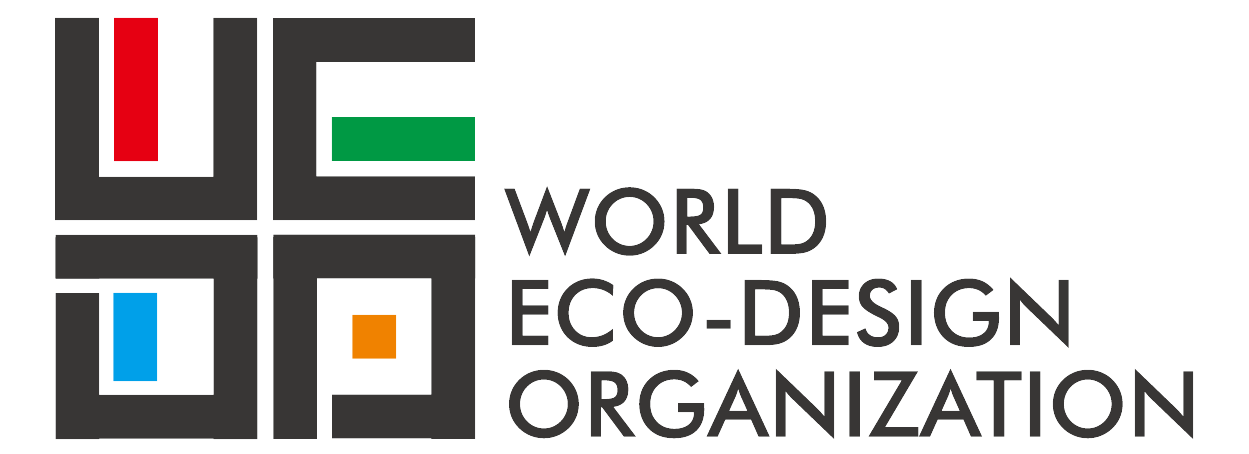




 en
en


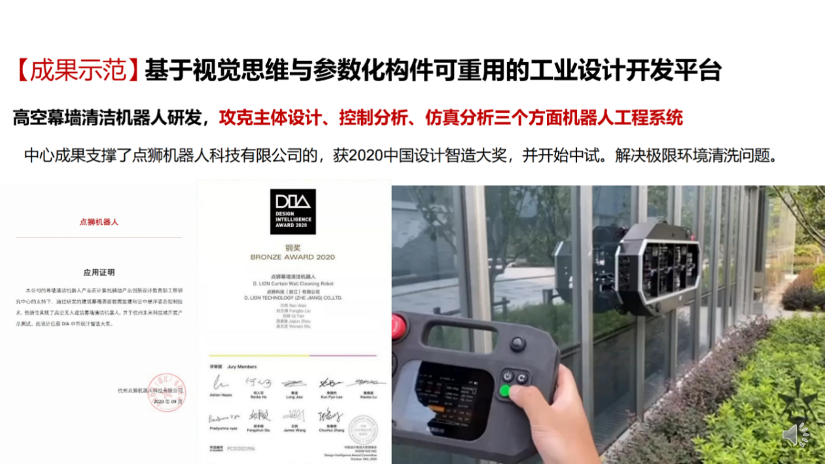
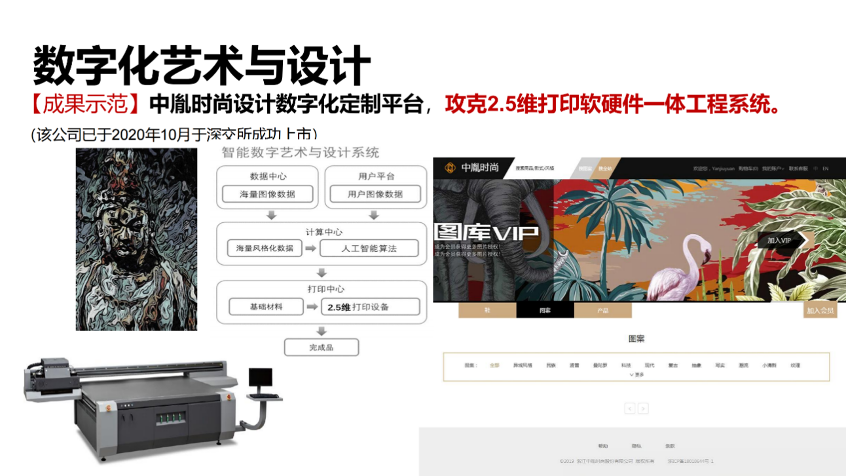
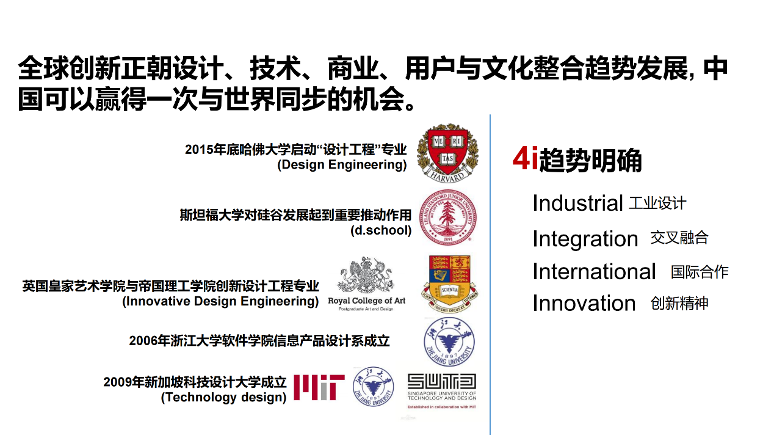
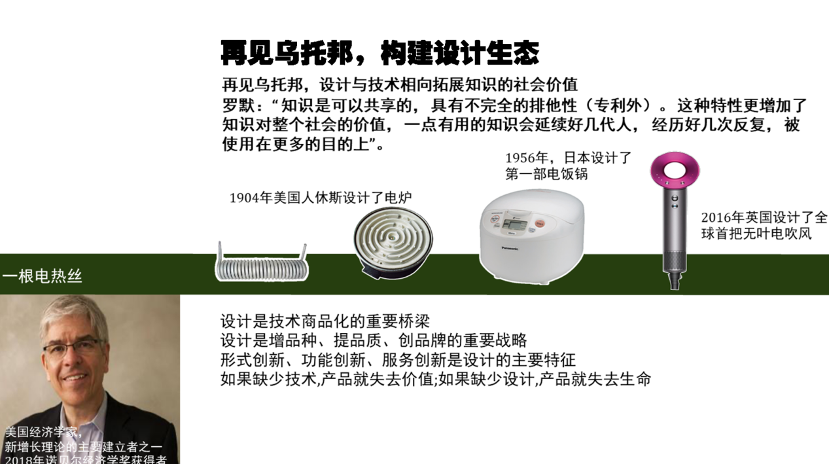
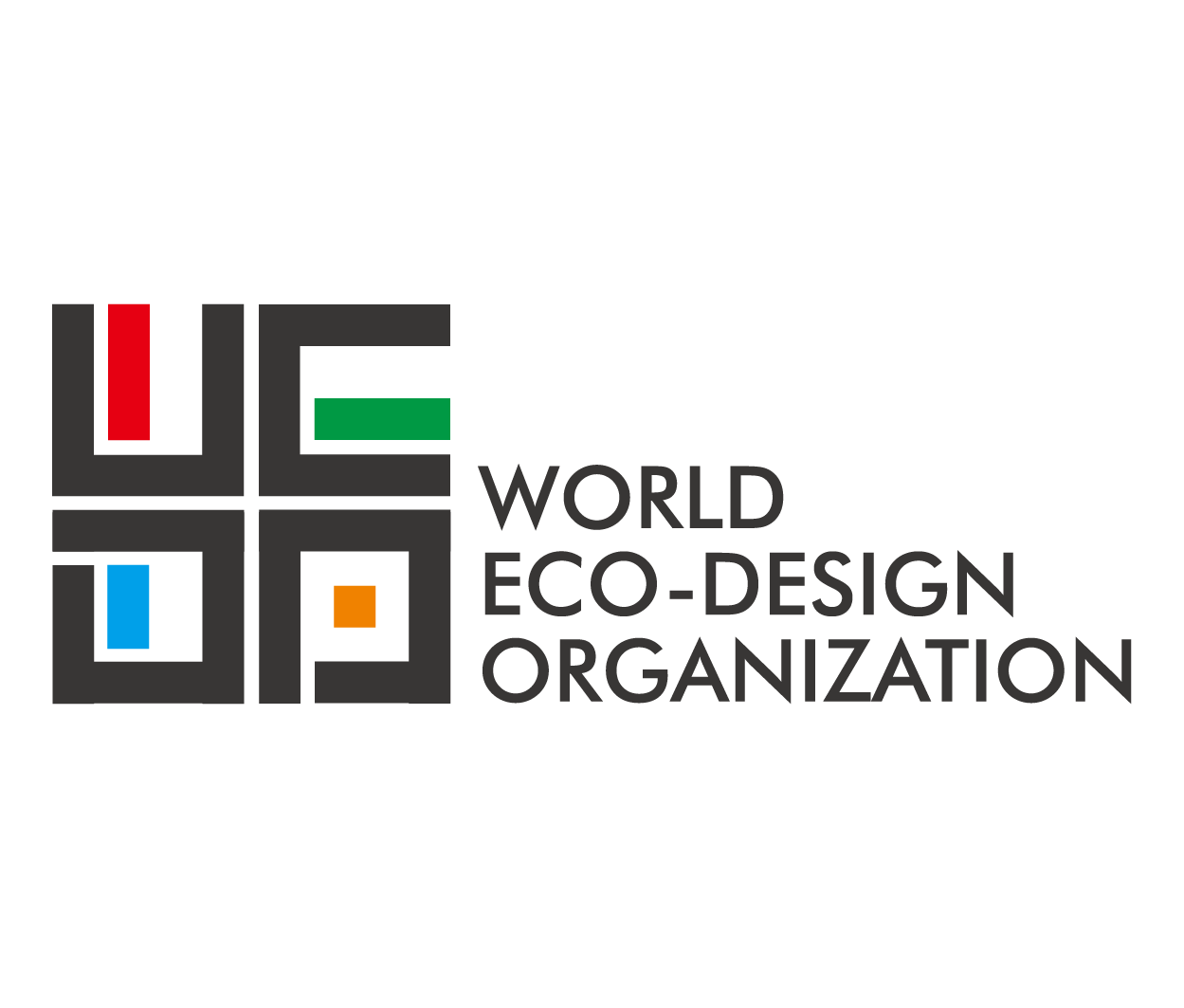
 Guangzhou,China
Guangzhou,China +86 - 19925740779
+86 - 19925740779 wedc@vip.126.com
wedc@vip.126.com










